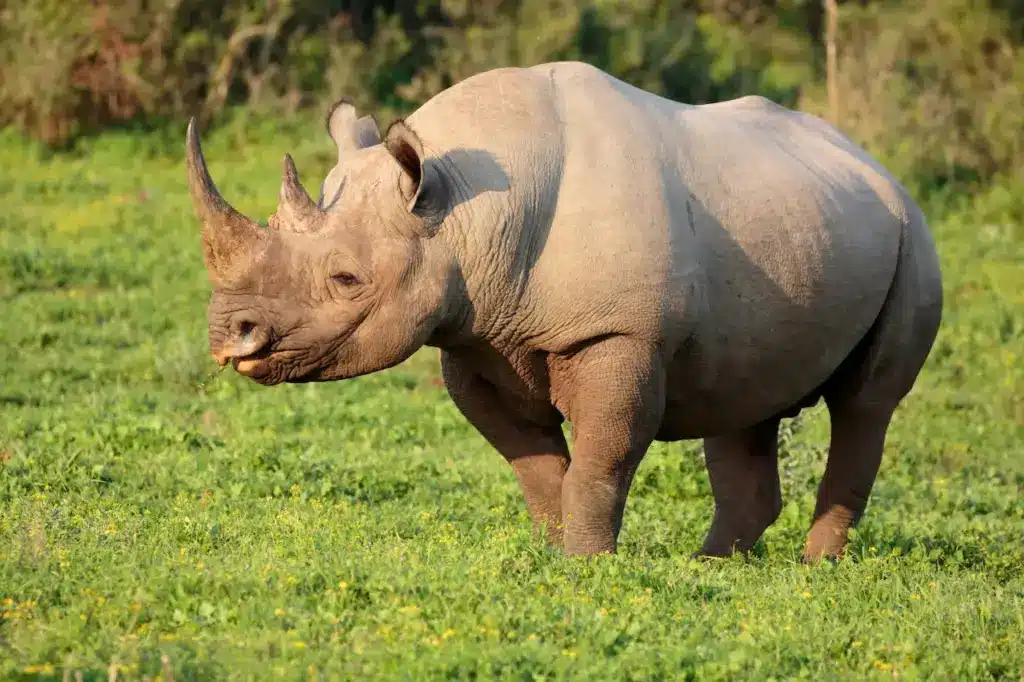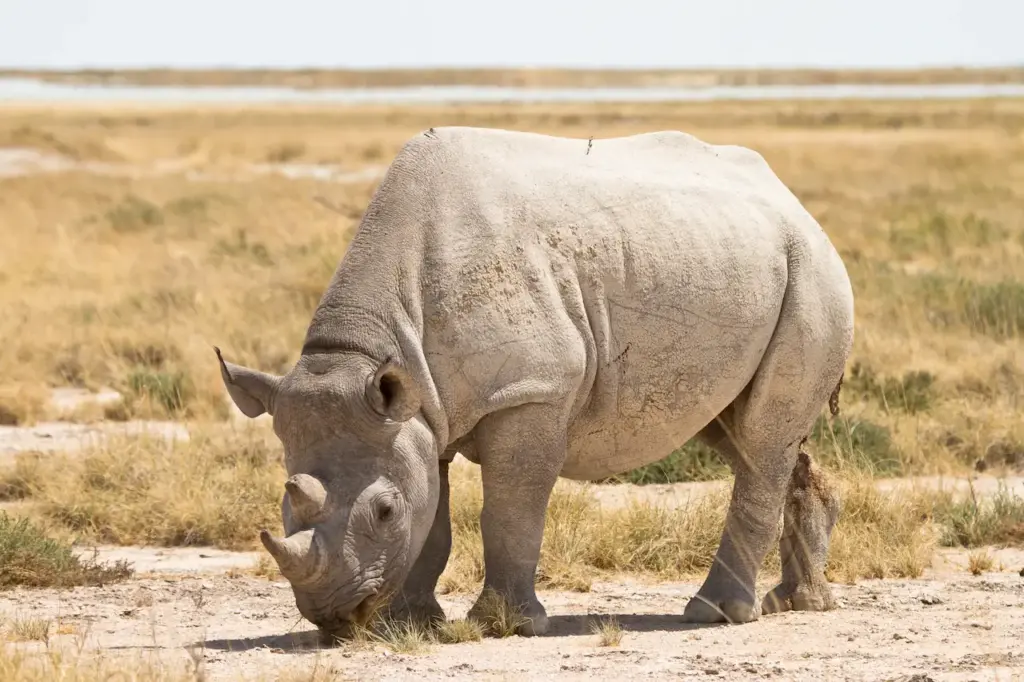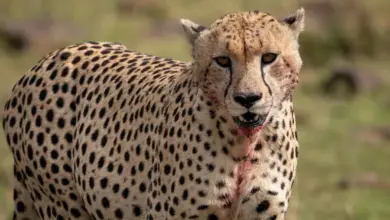Rhino and Other Endangered Species Poaching Goes High Tech
Organized Criminals With Helicopters And Night Vision Kill Alarming Numbers of Rhinoceros And Other Endangered Species
The illegal hunting of endangered rhinoceroses, elephants, and other endangered wild animals has taken a worrisome turn over the past year, as organized, well-funded and well-armed criminals quickly replace the ragtag poachers of decades past. In southern Africa, this new breed of poacher has been employing military-style equipment such as helicopters and night-vision technology in order to elude more poorly equipped law-enforcement officials.

Hardest hit has been South Africa, which is home to the vast majority of the world’s remaining rhinos. According to the international anti-poaching organization, Traffic, nearly three times as many rhinos were killed by poachers in 2010 as were illegally killed in 2009. Traffic reports that 333 South African rhinos were poached last year, a toll that includes 323 white rhinos—the most numerous species—and 10 black rhinos, which are listed by the International Union for the Conservation of Nature as Critically Endangered. The majority of the animals—146—were killed by organized criminals operating with apparent impunity in the famed Kruger National Park, which is one of the country’s premier international tourism attractions.
By comparison, a total of 122 South African rhinos were reported to have been illegally killed in 2009.
Nor is 2011 shaping up any better for the country’s rhino population: Wildlife officials report the illegal killing of 6 South African rhinos during the first two weeks of the new year.
Neigboring Zimbabwe, meanwhile, lost 22 rhinos to organized poachers in 2010. Zimbabwe has much weaker law-enforcement capabilities than South Africa—and only about 1,000 rhinos. In 2010, Zimbabwe also lost a number of elephants, which reportedly were herded with helicopters toward armed poachers on the ground.
According to conservation officials, helicopter-borne criminals operate at night in order to avoid detection and capture by daytime law-enforcement patrols. The poachers locate rhinos with night-vision equipment, and then immobilize them by shooting them with tranquilizer guns. The animals are left to die after their horns have been sawed off.

Poachers are now able to afford aircraft and other sophisticated gear because of the stratospheric prices fetched by rhino horn and elephant ivory—particularly the former—in a growing number of newly affluent Asian countries. China is the biggest market for rhino horn, which is used to make folk medicines that are believed to cure such illnesses as fevers, and even cancer.
However, wildlife investigators say that Vietnam recently became an illegal market for rhino horn as well, and for the same reasons as China.
Read more about the populations of endangered species, including the remaining numbers of all five rhinoceros subspecies.



